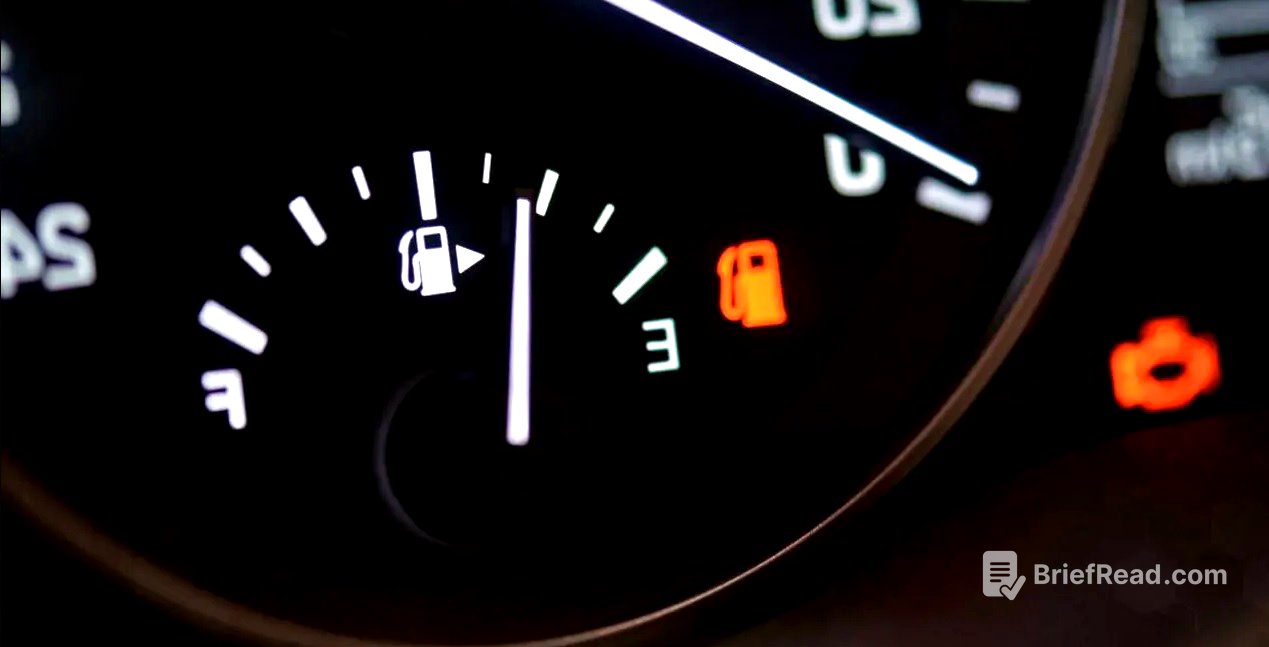TLDR;
This article discusses the potential damage to your car caused by driving with the fuel reserve light on. It highlights that while occasional use of the reserve is unlikely to cause harm, frequent use can lead to serious issues. The article details the specific components that can be damaged, including the fuel injection system, fuel pump, and fuel filter, and provides estimated repair costs. It also explains how driving with the reserve light on can increase fuel consumption.
- Driving with the fuel reserve light on frequently can damage the fuel injection system, fuel pump, and fuel filter.
- Repair costs for these damages can be significant, ranging from £200 to £450.
- Driving with the reserve light on can also increase fuel consumption.
Driving with the Fuel Reserve Light On: The Risks
The article warns against the habit of driving with the fuel reserve light on, explaining that while occasional use is unlikely to cause harm, frequent use can lead to serious damage to your car. The article explains that fuel always contains impurities that settle at the bottom of the tank. Driving with the reserve light on frequently allows these impurities to enter the fuel injection system, potentially damaging its components. This can lead to costly repairs, with estimates ranging from £200 for petrol cars to £350 for diesel cars for injector replacement. In severe cases, the fuel pump may also be damaged, costing around £450 to replace.
The Impact on Fuel Consumption and Other Components
The article further explains that driving with the reserve light on can also affect the fuel pump. When the fuel level is low, air bubbles can form, forcing the pump to work harder. This can shorten the pump's lifespan and lead to premature replacement. Additionally, the fuel filter's effectiveness is compromised when driving with the reserve light on, resulting in increased fuel consumption and potential long-term economic impact.









